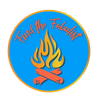Shove Yourself: A People's History of Punk-o-matic
Classic Flash game Punk-o-Matic 2 lives on today with a renewed interest and community
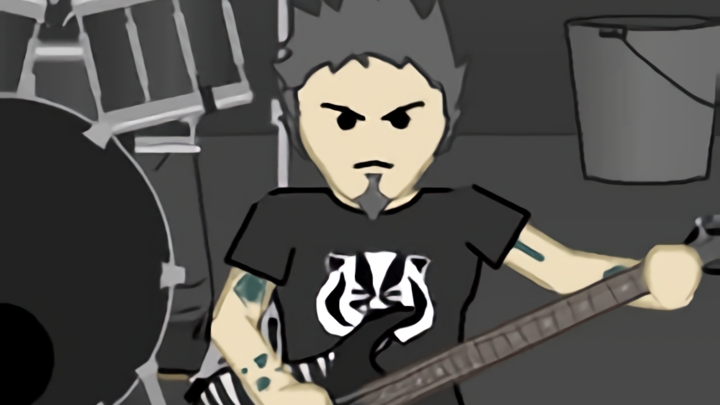
2004 was a period of maturation (in a manner of speaking) for the fast-growing Flash games market. Over on Newgrounds, the main artery for Flash games, the world saw some of the most popular Flash games ever made, including the Pong-like Insane Orb, their second-most-played game of all time. Games were getting more mechanically and even narratively sophisticated as the Flash space attempted to move away from its juvenile roots.
Among the significant releases that year was Punk-o-matic, which hit the internet on January 26, 2004. This isn't a game per se; it's technically a sequencer, a program used to edit and play music. Punk-o-matic puts the player in charge of a punk rock power trio, creating new songs by remixing a series of guitar and drum samples.
Punk-o-matic is a very limited program, but it was certainly well received. With over 8 million plays as of 2024, Punk-o-matic is the 4th most played game posted to Newgrounds in 2004 and one of their most popular games ever. What's more, both Punk-o-matic and its 2010 follow-up have dedicated followings to this day. Two decades later, people still love this little music maker.
It's that last point that caught me off guard the most. Marco "Evil Dog" Arsenault, the developer of the Punk-o-matic games, maintains a Discord server for fans of his many online projects, including the zombie-themed driving game series Road of the Dead and the multiplayer game They Rule the Night. But the Punk-o-matic section is still incredibly active, with people sharing songs and even running contests.
So why has Punk-o-matic been such an enduring hit? Maybe it came along at the right time.
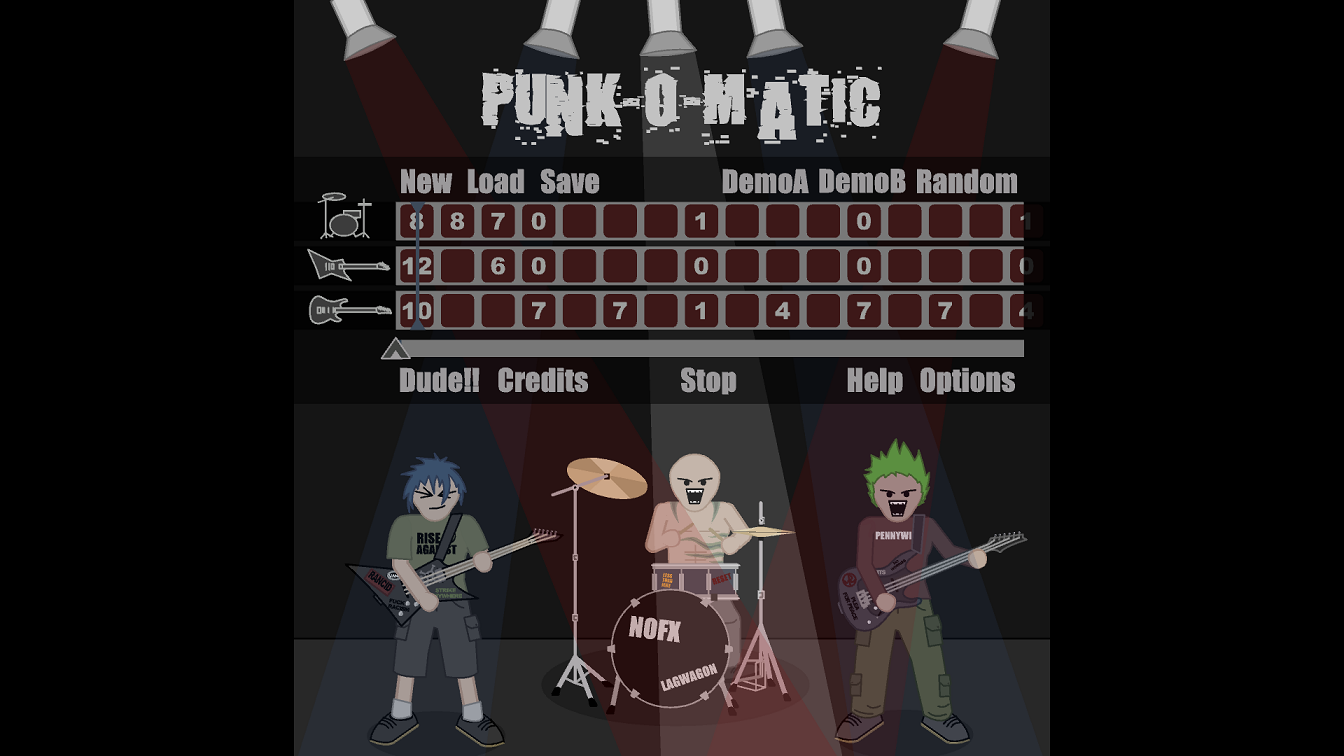
With over 8 million plays as of 2024, Punk-o-matic is the 4th most played game posted to Newgrounds in 2004 and one of their most popular games ever
The intersection between music and video games has a long history, but they really started coming together in new ways around the year 2000.
Optical media meant that games could feature high-quality music, but that feature was underutilized before the popularity of extreme sports games. The Tony Hawk's Pro Skater games were well known for their exceptional soundtracks, and for a certain type of band, this could be career-making exposure. The real breakthroughs were rhythm games - first Dance Dance Revolution and its pretenders in the late 90s, and then Guitar Hero and its descendants in the mid-2000s. These games turned the music into a central mechanic while also giving exposure to artists both new and established.
I could go on at length about the music/game crossover phenomenon of the 2000s, which includes everything from the use of licensed music in the GTA and Fallout series to the revival of the band-centric games with promotional titles such as Linkin Park's 8-bit Rebellion and The Mars Volta's Goliath: The Soothsayer. But while interesting, the role of the player in the music is still passive in all of these examples.
It's not like music synthesis toys didn't exist in video games. They were around, tucked away in art-focused games such as Mario Paint and the Game Boy Camera. But these were added value, not the main attraction, and they were often simplified systems intended for younger users. If you wanted to exercise your teenage angst with harder music, you weren't going to find it there.
Enter Punk-o-matic as the answer.
Punk-o-matic likely traces its lineage more to the soundboards that littered the 2000s internet than to Mario Paint. It was a simple utility, not really a game at all. But its follow-up would finally bridge that gap.
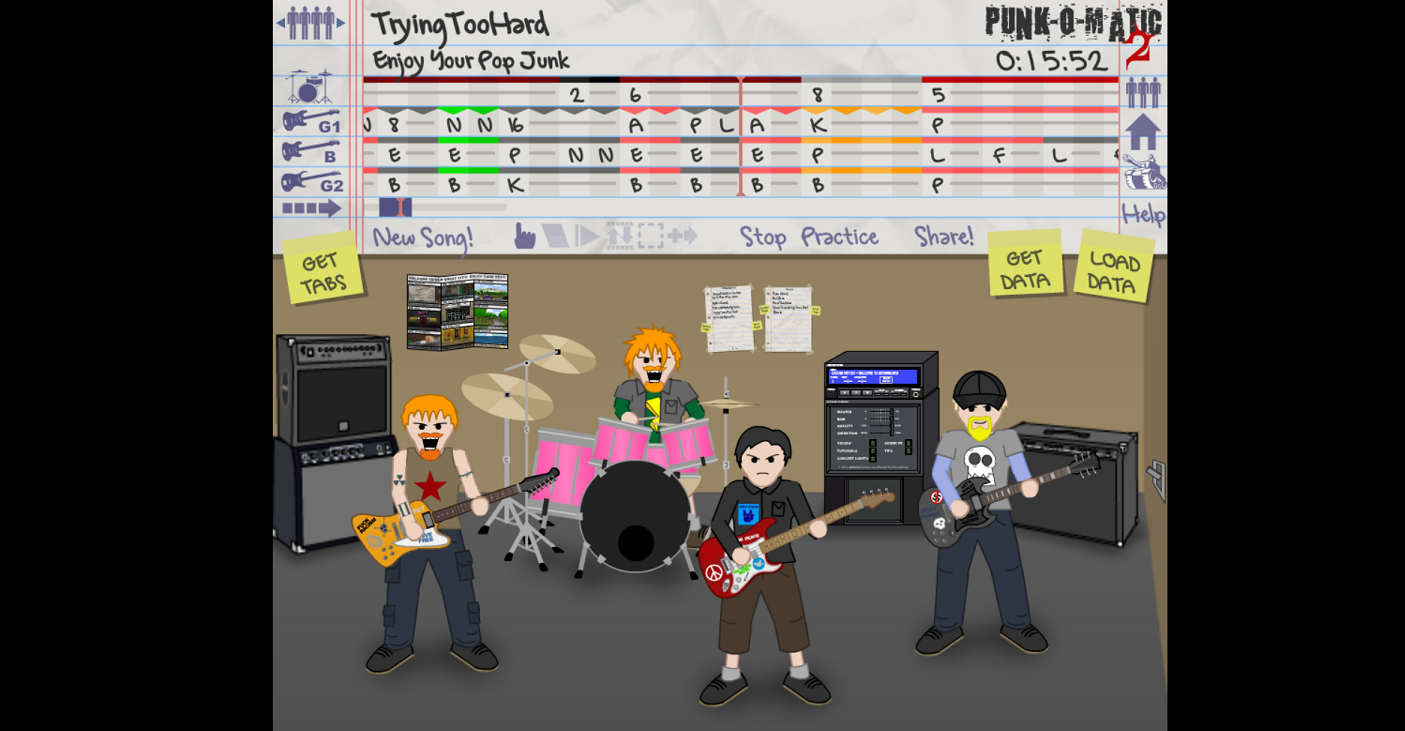
Released just shy of the first game's sixth anniversary, Punk-o-matic 2 was a tremendous leap beyond the first game. For one, it is an actual game. There's a story mode that plays a lot like the campaigns in the Guitar Hero games, with the player's band accruing fans and advancing to ever more spectacular venues. The actual mechanics allow for two players at once, with each taking on the role of a different band member and competing in a simple rhythm game based on the songs that they have made.
But the heart of the experience is still the sequencer, which is far more sophisticated this time around. The band has expanded to four members, allowing for a traditional rock setup with lead, rhythm, bass, and drums. There are far more samples available - where the first game had a few dozen, Punk-o-matic 2 features well over a thousand, scattered across different tunings.
The music became a lot more shareable in the sequel as well. The game can generate real tabs for any song created in the sequencer. At the time of its launch, one could also visit an external website and export any song as an MP3, though a malicious attack has since taken this feature offline.
While it's still a simple tool, the range of songs one can generate in Punk-o-matic 2 is deceptively large. Far from just punk, one can create songs in a variety of era-appropriate genres - rock, metal, and even ska. It's easy enough that anyone can get a handle on it in an hour, but anyone willing to put time into figuring it out can make some magic.
But the real magic was in what happened around these games. Any series as popular as Punk-o-matic was bound to have a community, but this went beyond a few YouTube channels or fan sites.
Punk-o-matic 2 ended up giving rise to its own alternate world. It was a fictional world full of bands that never existed in ours and yet had albums that you could actually listen to. They signed with labels, shot press pictures, and had their songs reviewed by critics. They did magazine interviews where they discussed how they formed. They went on tours and hit the festival circuit. Some of them even had a little backstage drama.
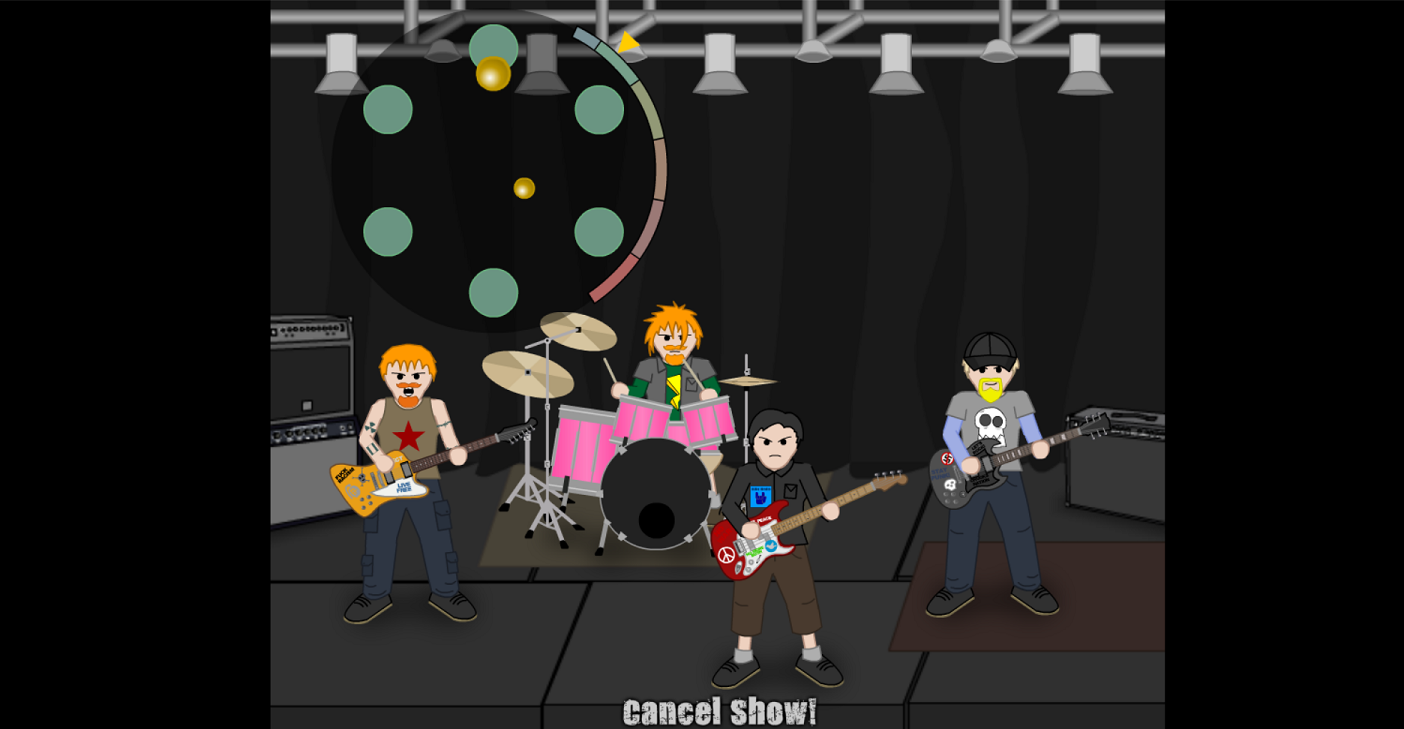
The range of songs one can generate in Punk-o-matic 2 is deceptively large. Far from just punk, one can create songs in a variety of era-appropriate genres - rock, metal, and even ska.
The roleplay that surrounded Punk-o-matic was all the more impressive given what was happening at the time. Just three months after Punk-o-matic 2 hit the Web, Steve Jobs effectively signed the death warrant for Flash. The Punk-o-matic community kept the dream alive for a few years, but by 2014 that community was largely dormant, with the old sites maintained solely as memorials.
That's where the story would normally end, with Punk-o-matic following countless other franchises into Flash's grave - but then it came back. Starting in 2021, there were renewed signs of life from the Punk-o-matic scene. Those old sites started updating again, and these days the community is nearly as active as it was a decade ago.
The cause for this second act might be a new appreciation for Flash games, especially among content creators who can bring them to new audiences. Early in 2022, metal guitarist Nik Nocturnal featured Punk-o-matic 2 in a livestream. It has since made appearances in both gaming and music YouTube, including on some large channels.
This sudden revival after a decade of silence proves the enduring value of both music and games. That a simple music generation toy could maintain such a passion all these years later is a marvel - and it makes one wonder what might come back into the limelight next.
